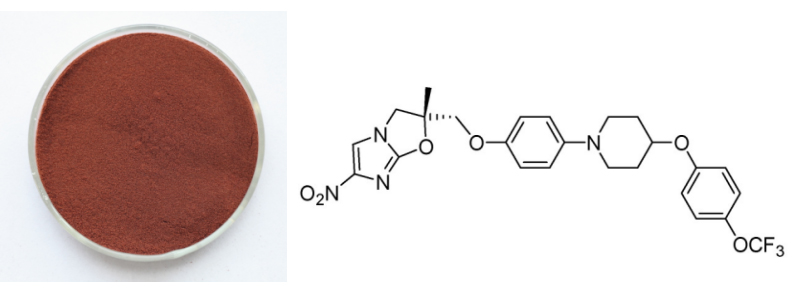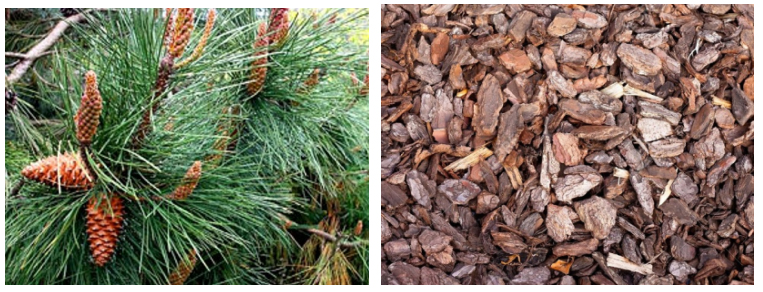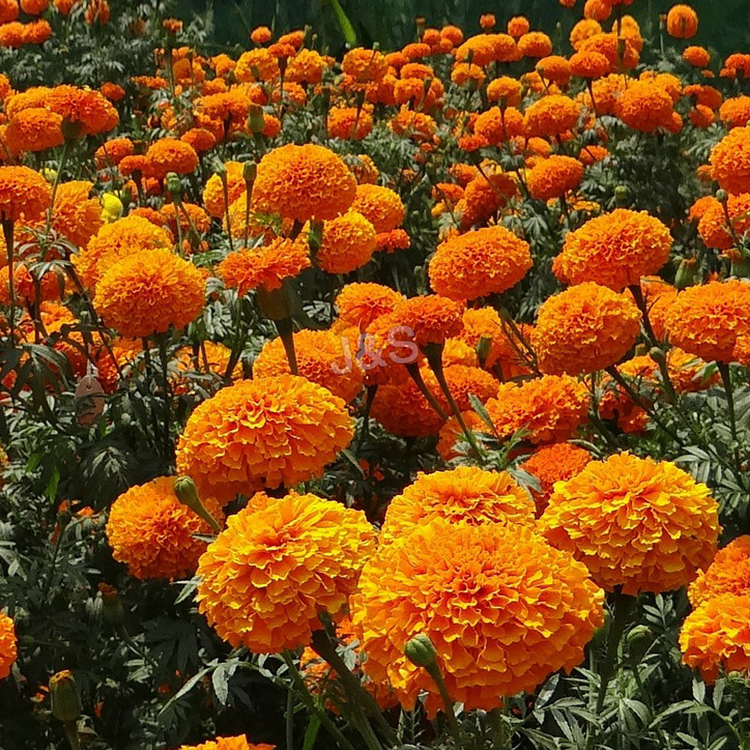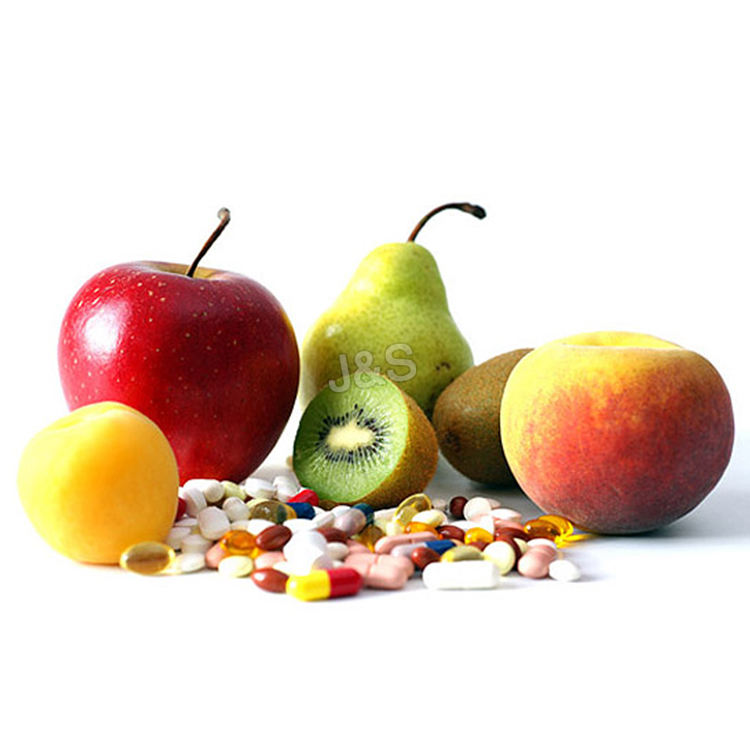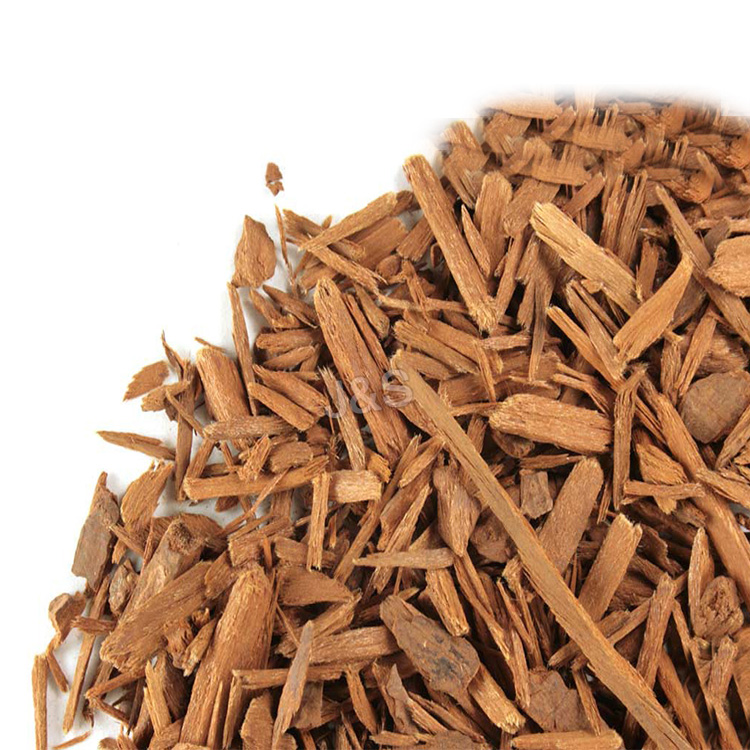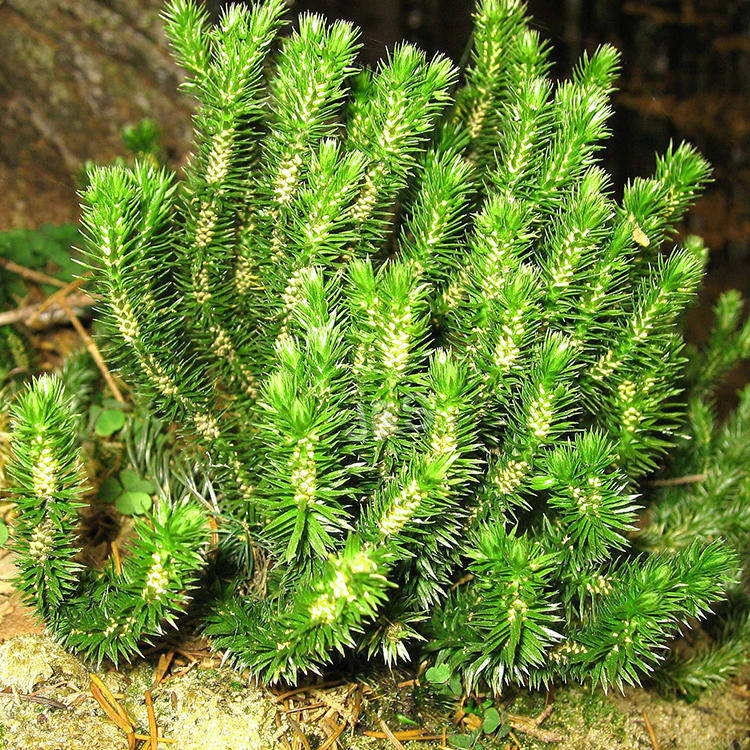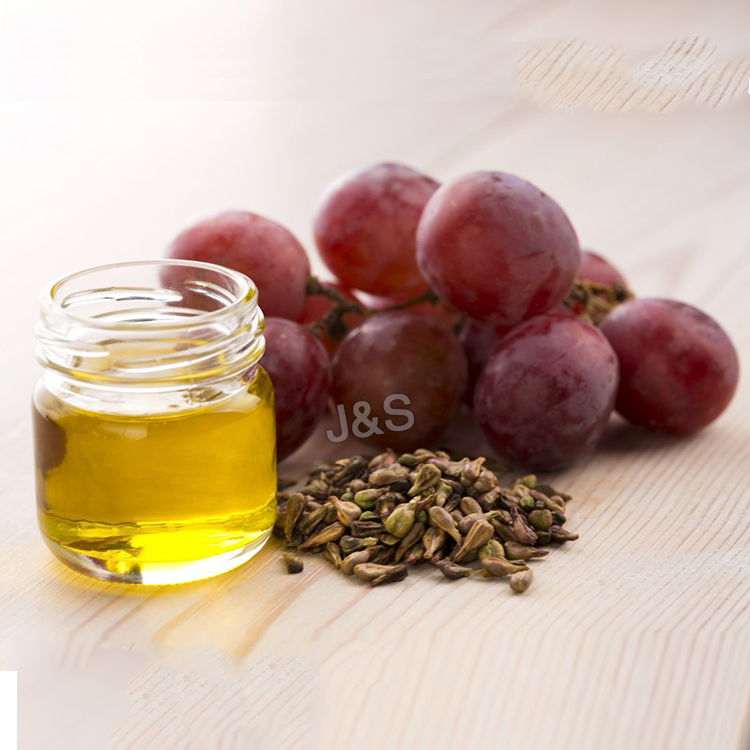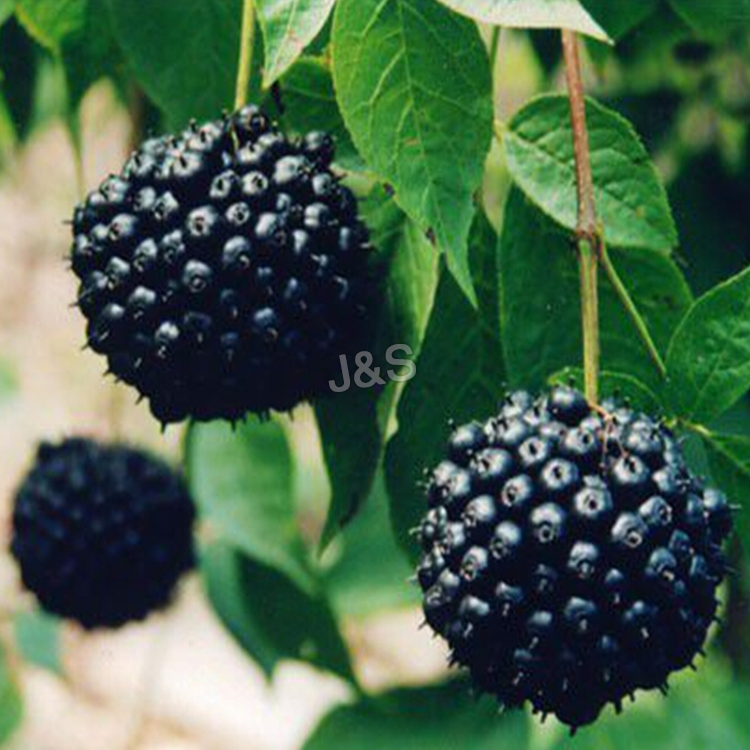Manufacturing Companies for Pine bark Extract Factory from Greece
Manufacturing Companies for Pine bark Extract Factory from Greece Detail:
[Latin Name] Pinus pinaster.
[Specification] OPC ≥ 95%
[Appearance] Red brown fine powder
Plant Part Used: Bark
[Particle size] 80Mesh
[Loss on drying] ≤5.0%
[Heavy Metal] ≤10PPM
[Storage] Store in cool & dry area, keep away from the direct light and heat.
[Shelf life] 24 Months
[Package] Packed in paper-drums and two plastic-bags inside.
[Net weight] 25kgs/drum
[What is Pine bark?]
Pine bark, botanical name Pinus pinaster, is a maritime pine native to southwest France that also grows in countries along the western Mediterranean. Pine bark contains a number of beneficial compounds that are extracted from the bark in a way that doesn’t destroy or damage the tree.
[How does it work?]
What gives pine bark extract its notoriety as a powerful ingredient and super antioxidant is that it’s loaded with oligomeric proanthocyanidin compounds, OPCs for short. The same ingredient can be found in grape seeds, the skin of peanuts and witch hazel bark. But what makes this miracle ingredient so amazing?
While OPCs found in this extract are mostly known for their antioxidant-producing benefits, these amazing compounds exude antibacterial, antiviral, anticarcinogenic, anti-aging, anti-inflammatory and anti-allergic properties. Pine bark extract can help reduce muscle soreness and may help improve conditions relating to poor circulation, high blood pressure, osteoarthritis, diabetes, ADHD, female reproductive issues, skin, erectile dysfunction, eye disease and sports stamina.
Seems like it must be pretty amazing, but let’s look closer. The list goes on a bit further, as the OPCs in this extract may “inhibit lipid peroxidation, platelet aggregation, capillary permeability and fragility, and to affect enzyme systems,” which basically means it may be a natural treatment for many serious health conditions, such as stroke and heart disease.
[Function]
- Lowers Glucose Levels, Improving Diabetic Symptoms
- Helps Prevent Hearing Loss and Balance
- Staves Off Infections
- Protects the Skin from Ultraviolet Exposure
- Decreases Erectile Dysfunction
- Reduces Inflammation
- Helps Increase Athletic Performance
Product detail pictures:
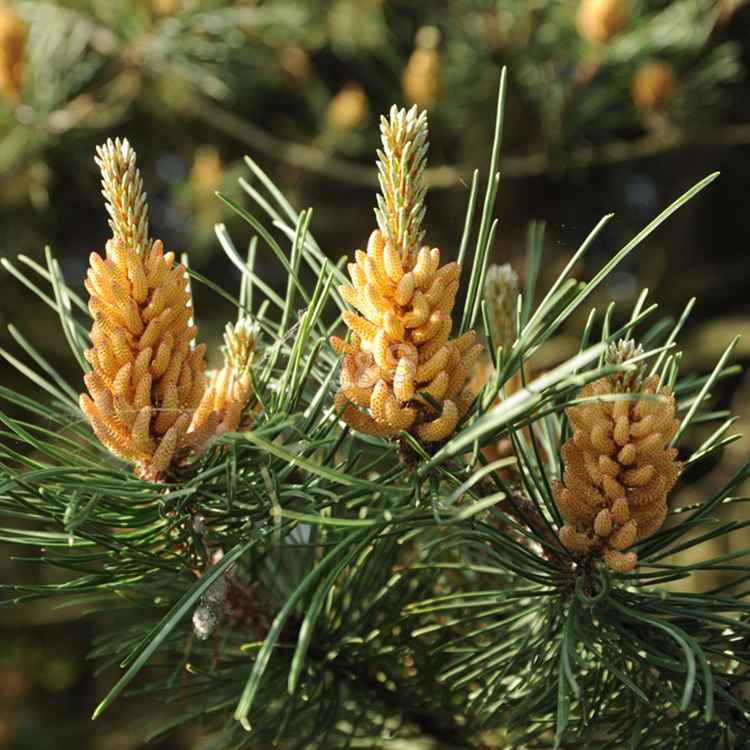
Related Product Guide:
Our target should be to consolidate and enhance the top quality and service of current goods, in the meantime frequently create new products to satisfy diverse customers' calls for for Manufacturing Companies for Pine bark Extract Factory from Greece , The product will supply to all over the world, such as: Greenland, panama, Slovak Republic, We attained ISO9001 which provides solid foundation for our further development. Persisting in "High quality, Prompt Delivery, Competitive Price", we have established long-term cooperation with clients from both overseas and domestically and get new and old clients' high comments. It is our great honor to meet your demands. We are sincerely expecting your attention.
Das ganze Video: https://www.sofatutor.com/v/1Cn/dMz
Alles zum Thema: https://www.sofatutor.com/s/4m/dMA
Hausaufgaben-Chat: https://www.sofatutor.com/go/aH/dMB
Im Video Polysaccharide – Struktur geht es um:
* Polysaccharide
* Cellulose Eigenschaften
* Stärke Eigenschaften
* Glykogen Eigenschaften
* Struktur Polysaccharide
* strukturpolysaccharide
* glykogen chemische eigenschaften
* Glykogen Eigenschaften
* thermoplastische stärke eigenschaften
* stärke chemische eigenschaften
* stärke eigenschaften verwendung
* stärke eigenschaften chemie
* Stärke Eigenschaften
* regenerierte cellulose eigenschaften
* cellulose chemische eigenschaften
* mikrokristalline cellulose eigenschaften
* cellulose eigenschaften struktur
* cellulose eigenschaften verwendung
* polysaccharide beispiel
* polysaccharide summenformel
* polysaccharide liste
* polysaccharide vorkommen
* polysaccharide lebensmittel
* Chemie
* Organische Verbindungen – Eigenschaften und Reaktionen
* Kohlenhydrate
* Chemie
https://camu.amazonherb.net/ProductInfo.aspx?ItemID=5042 A Plant curandero speaks about Sangre de Drago use for serious stomach issues.
Join us making Money saving the Amazon, MLM Business Opportunity:
https://troy.amazonherb.net/Zamu_Blend.aspx
The rapid coagulation of the blood is due to Sangre de Dragos ability to co-precipitate with proteins and other components of the blood and underlying tissue. The healing properties of Sangre de Drago have been linked to the presence of a compound called taspine. This was in part discovered by observing that the most effective Sangre de Drago came from the upper jungle of Peru where the sap contains much more taspine than, for example, the less potent Ecuadorian sap. Nevertheless, many scientists believe that the efficacy of Sangre de Drago as a cicatrizant agent is perhaps better explained by the presence of an array of chemicals acting in concert rather than a single chemical. This is well exemplified by the documented benefits of Sangre de Drago on gastric ulcers. Aside from the presence of taspine, the healing effect of Sangre de Drago on gastric ulcers seems to be a combination of the presence of strong anti-bacterial components acting on the bacterium Helicobacter pylori, a bacterium strongly associated with gastric ulcers and believed to be a causal agent, and anti-inflammatory properties.
A recent scientific study revealed that nearly 90% of dried Sangre de Drago sap was composed of one of the most potent antioxidants, proanthocyanidin, also known as Pycnogenol® and grape seed extract. This strong presence of antioxidant activity may in part explain the effect of Sangre de Drago on colitis and other digestive disorders, by reducing inflammation in the intestinal mucosa. The high concentration of bitter bioflavonoids proanthocyanidins are bioflavonoids- in Sangre de Drago may explain its action of intestinal parasite. It is also noteworthy that a U.S.-based pharmaceutical company has developed two pharmaceutical drugs that contain antiviral constituents isolated and extracted from the bark and resin of Sangre de Drago.
In conclusion, lets simply say that the combination of antimicrobial, antioxidant, antiviral, and cicatrizant properties makes Sangre de Drago a fascinating yet complex herbal remedy with exceptional healing properties.
The information contained in this article is intended for educational purposes only. It is not intended to diagnose, cure, mitigate, treat or prevent any disease. If you have any health concern, it is recommended to seek the advise of a certified health practitioner.
In China, we have purchased many times, this time is the most successful and most satisfactory, a sincere and realiable Chinese manufacturer!
